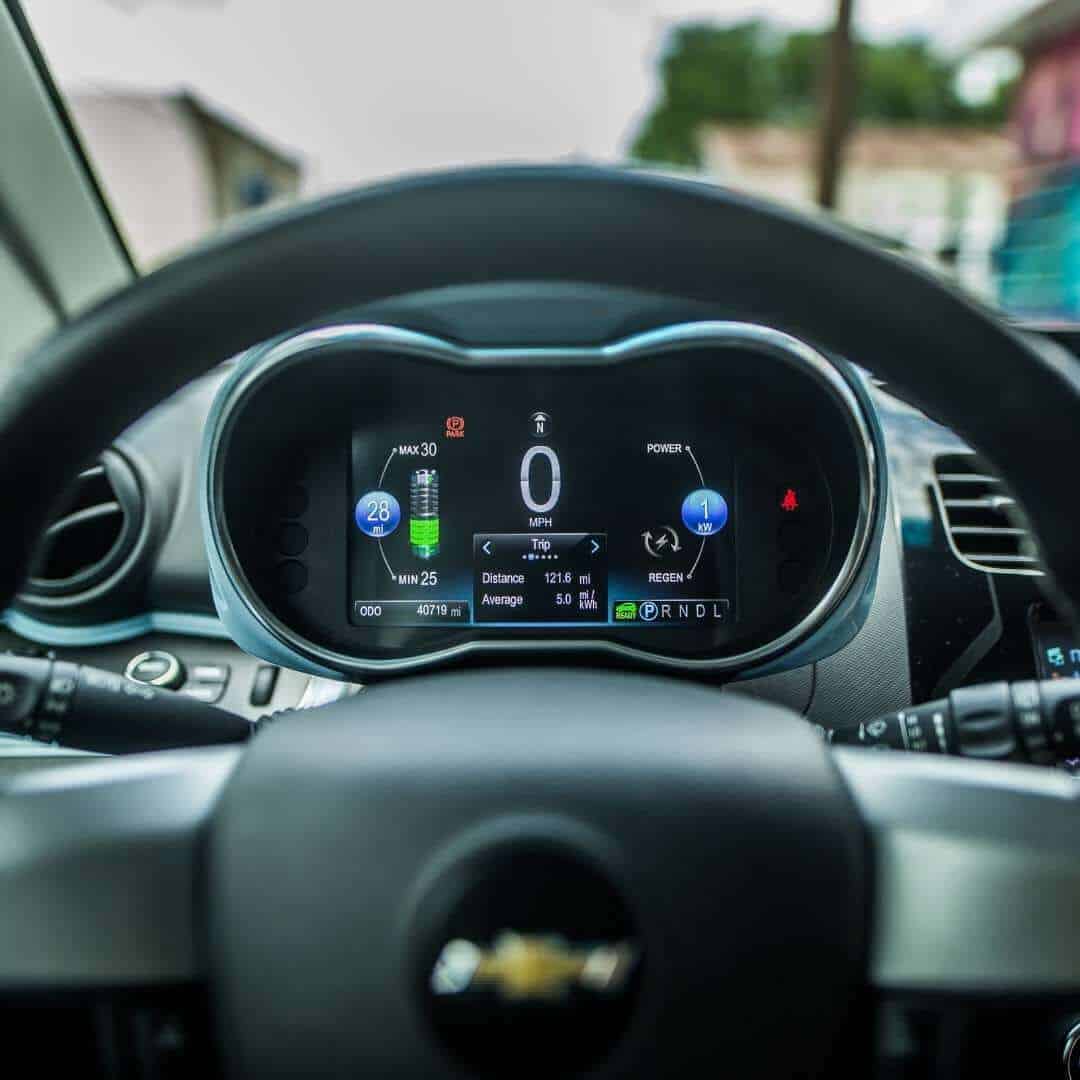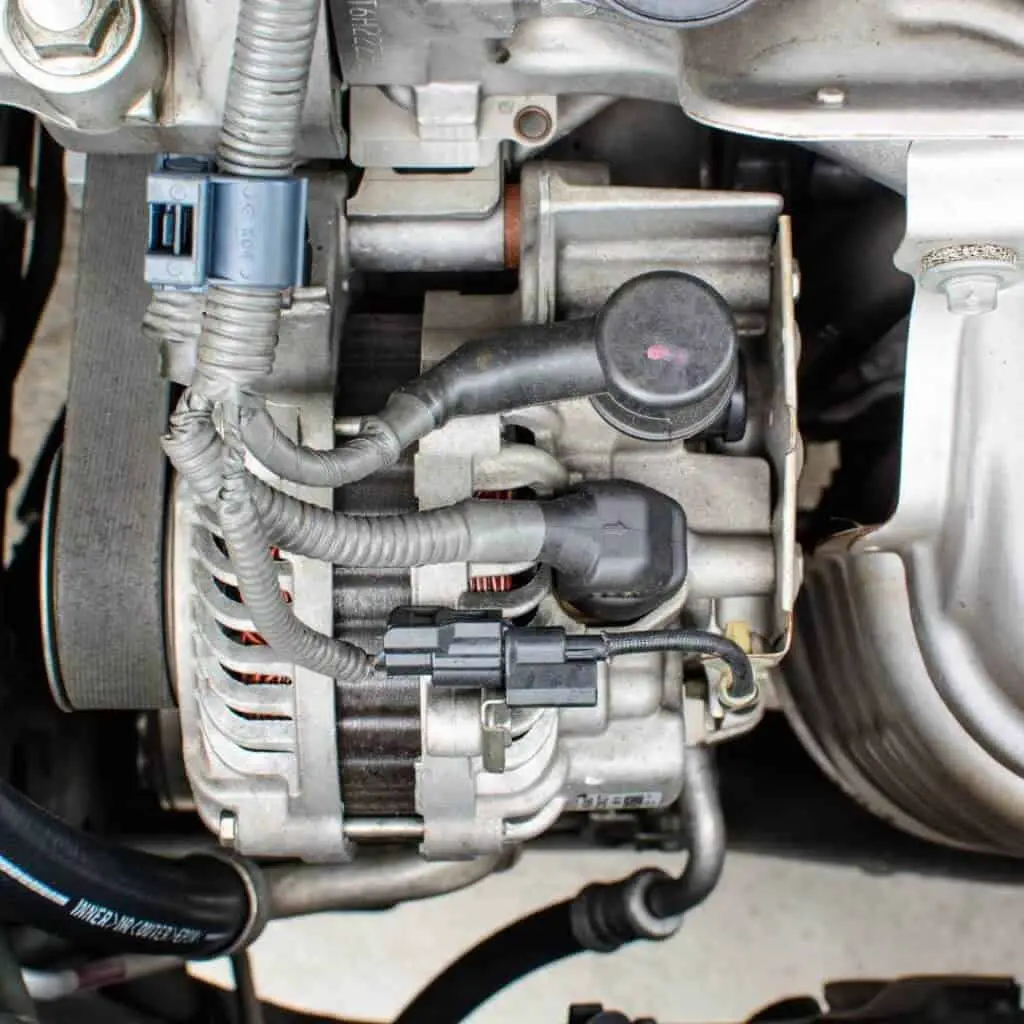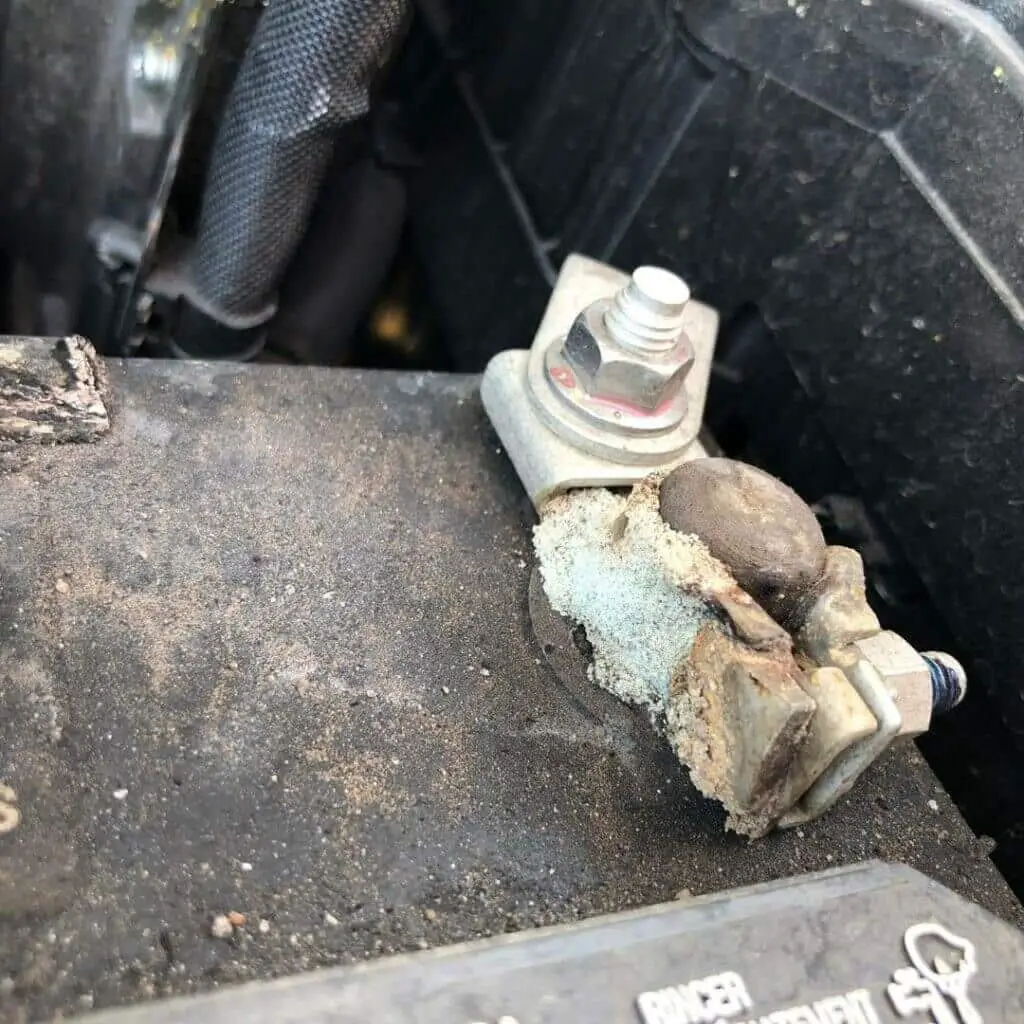Today’s vehicles come coupled with systems meant to manage their power. One of those is AFM delete. Although the fuel consumption reduction can be useful, the system itself can spark some issues which can lead to its removal. However, those may spark their own issues, which we’ll cover in problems after AFM delete.
What is AFM delete?

The AFM abbreviation stands for active fuel management. A feature in cars that helps manage the fuel consumption of strong engines. The AFM will make the car engine use fewer cylinders, reducing performance and fuel use.
However, it’s possible to remove it with AFM delete. This is a process that removes AFM completely, making our engine unrestrained in terms of fuel consumption as well as power. We have multiple ways of going around it, including some DIY options. [1]
Problems after AFM delete
Unfortunately, AFM delete isn’t without its drawbacks. We can experience quite a few issues after AFM deletion if it’s not done correctly. Likewise, it’s possible to feel little to no changes in our overall performance depending on how well our AFM delete goes through.
- Reduced Fuel Economy
The most obvious and expected result of AFM deletion will be reduced fuel economy. Because the AFM feature enhances our fuel consumption, removal of it will immediately affect it.
- More Emissions
With your fuel being managed differently, so will your emissions. More gasses will need to be released through the exhaust, so you’ll need to consider the effect of it.
- Increase in Engine Noise and Vibration
Without proper fuel management, the engine will create quite a lot of noise. The noise generated by the engine can be rather extreme, especially considering how constant it is. Keep it in mind if you ride through the town.
- The engine wears out faster
Engines are constantly strained when operating at a high capacity. Making our fuel management less restricted will strain it further.
- Knocking sound in the engine
Your engine could get quite shaky without AFM if it isn’t done properly. Leading to a lot of knocking sounds from the engine, which can be quite concerning.
- Loss of power
The damage to our power is among the most present problems. Leading to unoptimized use of the car’s fuel and, therefore, lower power generation.
Does AFM delete work?
The choice of removing AFM is something people frequently consider. However, it can be questionable whether it works right. With the removal, we will feel an impact and definite changes in our car’s operation. So it works, but the real question is: what does it fix?
In short, AFM delete prevents problems such as lifter failure and issues with gas emissions. Therefore, these problems can be triggered or furthered by the effects of AFM, which is why disabling or removing the function can resolve them.
Fixing issues caused by AFM delete

Problems that crop up around AFM deletion can be resolved in various ways. Depending on the symptoms we face, solutions will change as well. These can go from simple to complex, so get ready to put in some effort.
AFM delete kit
We can take care of improperly done AFM delete with an AFM delete kit. This tool will help us with hardware and software optimized for AFM deletion. The kit contains all the required components, switching out AFM ones for standard parts. A tool kit like this is perfect for those looking to DIY the whole process. [2]
Tuners
After or before taking care of AFM deletion, we can use tuners to disable it. This change is preemptive and can be used without going through the full AFM delete. That way, only AFM disable would be utilized, removing the management without being too labor intensive.
Tuners are quite convenient and accessible, but there’s a catch. They are not legal in every state, and tuning your car could result in legal troubles. So take note of the laws of your particular state to secure its legality. [3]
Maintenance and checkups
We can commit to more frequent checkups to counteract the higher strain on our components. These are meant to catch wear and tear in the early stages, mending the problems that appear before they get out of hand.
Extra checkups are especially helpful for our engine, which will be under higher stress from the newly available power. However, higher emissions make exhaust system checkups equally fruitful, so running a full body check every once in a while is good.
Benefits of AFM delete

Utilizing AFM delete will bring on many changes to our car. We’ve noted the problems, now let’s note the benefits AFM delete brings on. We will go over those quickly below, covering the most impactful ones.
- Lack of maintenance
The first benefit of AFM deletion is its lack of maintenance. As with every car system and feature, there’s a chance of things going wrong. This will likely happen with our AFM system at some point, causing quite a few costs.
Each of these issues will affect the rest of our cars too, making AFM delete a good choice for those who don’t wish to deal with them. However, this doesn’t mean you should ignore other maintenance and checkups.
- Reduces the likelihood of lifter failure
The lifter failure can leave our car massively damaged. Its overall quality being dampened by this incident. The car can become quite a bit louder, making a lot of noise every time it is driven. Misfires are also common during lifter failure. Our cylinders will not properly fire off, leading to slower acceleration. Of course, that’s not all. A cylinder can be rendered dysfunctional by this problem too.
The pushrod can bend and fall out of its place, which can further induce broken valves, rocker arms, and even serious engine damage. A dead cylinder is a highly troublesome issue that can cost us a lot to fix. Keeping it in mind when symptoms of lifter failure happen is smart.
Lifter failure can often happen due to AFM systems preventing half of our cylinders from working. If the system malfunctions, it can cause strain to cylinders active and inactive, which then spiral further. As seen above, symptoms can get quite dire. With AFM delete, we reduce the risk of lifter failure by quite a decent margin. [4]
- Stops excessive oil consumption
Because AFM actively manages some important components, it can draw quite a bit of oil to lube them up. The most common cause of this excessive consumption is faulty piston rings.
If our fuel gets low, we’ll end up in another spiral of issues. Poor lubrication is the first of many. This alone means quite a lot for the entire car. As you can assume, we need to have lubed-up components to prevent friction damage.
Even if you timely replace oil despite its large consumption, your budget will suffer. Using the DIY method could wear out our oil pan sooner due to its constant use, removal, and reattachment. In the long run, it’s better to prevent than live with the issue.
- Louder exhaust note
A lot of drivers like to have a nice note on their exhaust. However, AFM delete can allow us to experience quite a louder exhaust note which can be a far more enjoyable sound.
The car’s AFM can choke out quite a bit of noise from our engine. Doing so can impact the exhaust note negatively. Engaging AFM delete will solve this often.
- Power is always available
When AFM delete is turned on, the total power of our car will be restrained. The car’s many cylinders will often be left off to save fuel through AFM. Because fewer of them operate, we will also have less horsepower.
Acceleration, speed, and power will all be stifled while AFM is on. Leading to overall worse performance. While it could save energy and strain on some components, it’s not always necessary.
After AFM delete, our car will feel far more powerful. That full-cylinder performance is afforded to each stroke of the car. The engine may use up more fuel and engage more components, but it’s worth the boost.
Problems after AFM delete

Of course, benefits shouldn’t overshadow the troubles we may end up going through. Gauge them appropriately and choose whichever option fits the car best. The cost of full AFM deletion can be rough, so make sure you are ready for it.
Otherwise, you can also choose to do AFM disable. This method is cheaper and disables your AFM just like AFM delete. However, it will yield fewer benefits because it’s not as in-depth.
How long does it take for AFM delete to work?
You’ll feel the difference the first time you turn on your car after AFM delete. While Automatic Fuel Management is something that can aid the overall control of our car and limit its power, turning it off will get us quite a powerful jolt in speed.
Related: Problems After Using Seafoam
How effective is AFM delete?
The effectiveness of AFM delete stems from its ability to prevent some issues later down the line and provide us with a significant boost in functionality. This dual assistance makes the procedure rather effective in refreshing the entire vehicle, no matter its current state.
Of course, that assumes a properly done job. It’s possible to get a shoddy AFM delete job done, potentially leaving some of the restrictions on or not tuning out the management completely. With the advancement of overall tech and processes done on AFM, this has become a rare occurrence. Most often, this will be a concern of choosing a good mechanic.
Related: Seafoam Pros and Cons
Conclusion
The problems after AFM deletion will mostly stem from the newly available power to our components. While longevity is assured through stifling of our car’s more powerful specifications, a switch to them could spark quite a bit of strain.
Cars are made to handle that strain, but it’s worth having the extra effort put into maintaining our vehicle. This will mitigate the issues while still allowing us to enjoy the benefits of AFM delete. If you are uncertain about the necessity of AFM delete and have no impending issues that are affected by it, such as lifter failure, AFM disable may be a better choice.
Regardless, it’s good to keep the above details in mind when changing our car’s AFM configurations in order to have it running the best it can.




